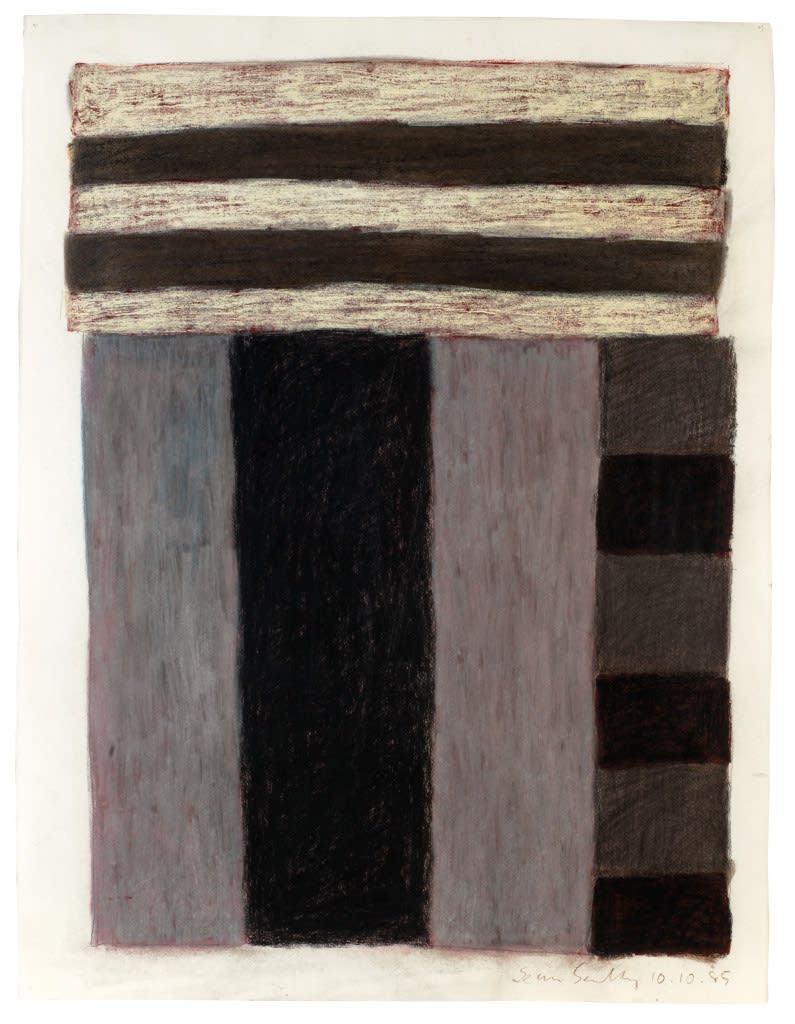Kenneth Noland American, 1924-2010
contact us to enquire on works by kenneth noland
An American abstract painter, Noland was one of the best-known American Color field painters, although in the 1950s he was thought of as an abstract expressionist and in the early 1960s he was thought of as a minimalist painter. Noland helped establish the Washington Color School movement. In 1977, he was honored by a major retrospective at the Solomon R. Guggenheim Museum, in New York that then traveled to the Hirshhorn Museum and Sculpture Garden in Washington, DC. and the Toledo Museum of Art, in Ohio in 1978. In 2006 Noland’s Stripe Paintings were exhibited at the Tate in London.
A son of Harry Caswell Noland (1896–1975), a pathologist, and his wife, Bessie (1897–1980), Kenneth Clifton Noland was born in Asheville, North Carolina. He had four siblings: Lawrence, Billie, Neil, and Harry Jr.
A veteran of World War II Noland took advantage of the G.I. Bill to study art at Black Mountain College in his home state of North Carolina. He attended the experimental Black Mountain College (two of his brothers studied art there as well) and studied with Ilya Bolotowsky, a professor who introduced him to Neo-plasticism and the work of Piet Mondrian. There Noland also studied Bauhaus theory and color under Josef Albers and he became interested in Paul Klee, specifically his sensitivity to color.




